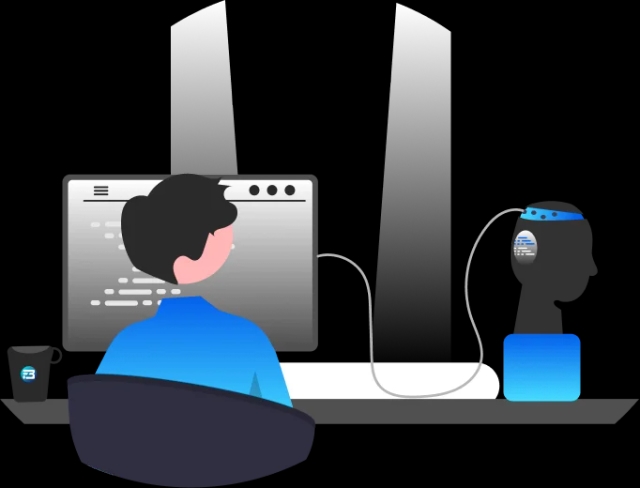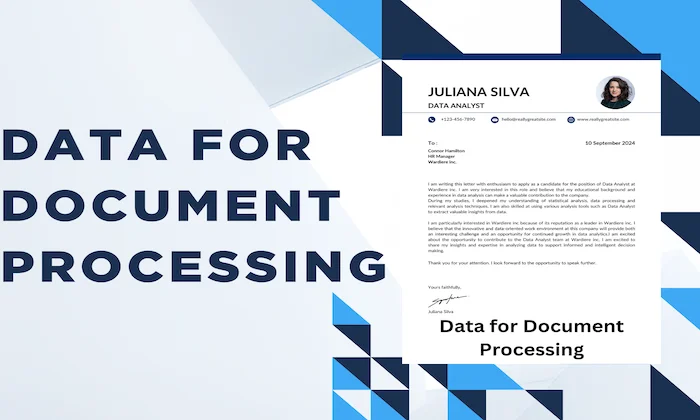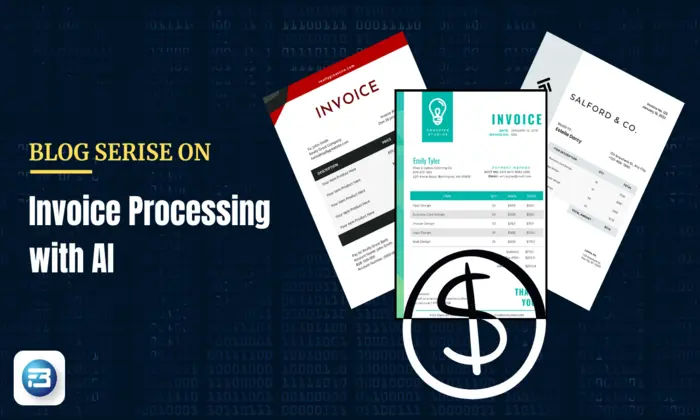How Are Call Center Datasets Integrated into Model Pipelines?
Model Pipelines
AI Model Integration
Data Pipeline
Integrating call center datasets into machine learning model pipelines is a critical step in training and deploying AI-driven solutions. This integration enables systems to manage real-time customer interactions, predict user intent, and automate responses with higher precision and reliability.
Preparing Data for Integration
Before any dataset enters a model pipeline, it must undergo thorough preparation to ensure quality and consistency.
Data Cleaning
Noisy audio, overlapping speech, and background disturbances are common in raw call center data. These must be filtered out to avoid introducing errors into the model.
Data Annotation
Each dataset should be accurately labeled with relevant metadata, such as intents, entities and sentiment tags. Proper annotation enables the model to identify patterns and make informed predictions.
Pipeline Stages
Once the data is prepared, it progresses through a structured sequence of stages in the machine learning pipeline.
- Data Ingestion
- The first step involves introducing the data into the pipeline. This may include transcribing audio into text or directly processing existing text-based datasets.
- Feature Extraction
- Key features are extracted to give the model actionable signals. These may include keywords, contextual phrases, sentiment indicators, or named entities. For audio data, advanced features such as speaker diarization, speech recognition, and emotion detection are also applied.
- Model Training
- At this stage, the machine learning model learns from the structured and annotated data. It begins recognizing conversational patterns, classifying customer intents, and generating appropriate responses based on historical context.
Evaluation and Testing
After training, the model is validated using a separate evaluation dataset. Key performance metrics include:
- Accuracy
- Precision
- F1 Score
Any underperformance is addressed through additional fine-tuning and data refinement, ensuring the model is production-ready.
Deployment and Continuous Learning
Model Deployment
Once tested and validated, the model is deployed into the production environment. It begins interacting with real users and managing live call center interactions.
Continuous Learning
Post-deployment, real-world feedback is collected and fed back into the system. This feedback loop supports ongoing retraining and helps the model adapt to changing customer behaviors and language use.
Conclusion
Integrating call center datasets into model pipelines ensures that AI systems can understand and respond to diverse customer needs effectively. At FutureBeeAI, we enable this process through domain-specific, bias-sensitive, and accurately labeled call center datasets. From data preparation to real-time deployment, our datasets are designed to accelerate your machine learning workflows while enhancing the intelligence and responsiveness of your conversational AI systems.
What Else Do People Ask?
Related AI Articles
Browse Matching Datasets
Acquiring high-quality AI datasets has never been easier!!!
Get in touch with our AI data expert now!








